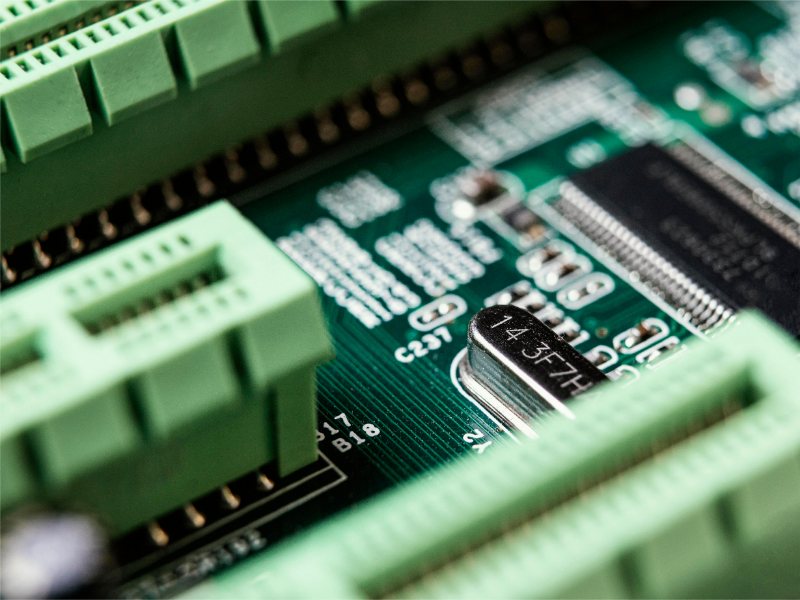- DPUs poised to transform real-time applications across devices.
- AI-centric data centres and consumer devices to benefit from reduced latency.
OUR TAKE
It is clear that DPUs will play a pivotal role in shaping the future of app performance and delivery. Their ability to reduce latency and enhance real-time applications will transform how we interact with technology, making our experiences faster, more secure, and incredibly efficient. The rise of DPUs heralds a new era where the speed and efficiency of applications meet the ever-growing demands of users worldwide.
–Doris Du, BTW reporter
The recent demo of OpenAI’s GPT-40 showcased how digital processing units (DPUs) can significantly reduce latency, enabling smoother real-time AI interactions. DPUs, emerging as essential components in data centres, promise to accelerate all applications, enhance security, and provide consistent performance across the board. This shift is not limited to data centres; soon, DPUs will be ubiquitous in consumer devices where the need for speed is paramount.
What happened
DPUs are specialised processors designed to offload and accelerate data-centric tasks, freeing up CPUs and GPUs for their primary functions. These units, equipped with high-speed networking and multi-core processing capabilities, began penetrating data centres in the early 2020s when tech giants like AMD, Intel, and NVIDIA integrated them into server chips. Their ability to handle tasks like data pre-processing and model compression makes them invaluable for AI workloads.
Also read: Vanuatu PM looks to China’s Huawei for surveillance tech
Also read: Intel invests $15M in AI tech startup Buildots
Why it’s important
The integration of DPUs is crucial as AI applications push the limits of traditional networking and processing infrastructure. By reducing the load on GPUs, DPUs lower costs and power consumption, which is vital for data centre operators facing an AI energy crunch. This advancement ensures that applications, from autonomous vehicles to real-time video processing on consumer devices, can operate without latency issues.
A personal perspective
Reflecting on the rapid technological advancements, I am reminded of the first time I experienced a seamless AI interaction. It was a moment of awe and wonder, akin to watching the dawn of a new era. The potential of DPUs to revolutionise our daily interactions with technology cannot be overstated. Imagine a world where your smartphone can process real-time video feeds without lag or where autonomous cars make split-second decisions flawlessly. This future is not just a possibility; it is an imminent reality driven by DPUs.

